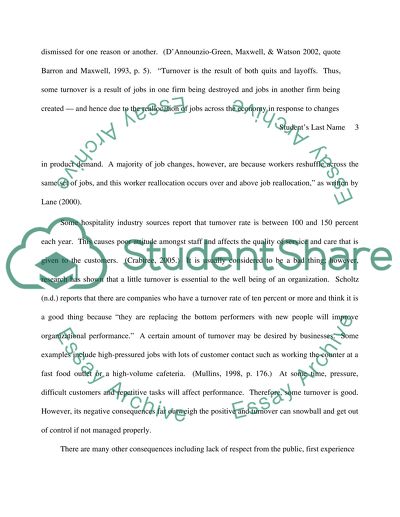Cite this document
(“Lesuire and tourism operation management Essay Example | Topics and Well Written Essays - 2500 words”, n.d.)
Lesuire and tourism operation management Essay Example | Topics and Well Written Essays - 2500 words. Retrieved from https://studentshare.org/miscellaneous/1538699-lesuire-and-tourism-operation-management
Lesuire and tourism operation management Essay Example | Topics and Well Written Essays - 2500 words. Retrieved from https://studentshare.org/miscellaneous/1538699-lesuire-and-tourism-operation-management
(Lesuire and Tourism Operation Management Essay Example | Topics and Well Written Essays - 2500 Words)
Lesuire and Tourism Operation Management Essay Example | Topics and Well Written Essays - 2500 Words. https://studentshare.org/miscellaneous/1538699-lesuire-and-tourism-operation-management.
Lesuire and Tourism Operation Management Essay Example | Topics and Well Written Essays - 2500 Words. https://studentshare.org/miscellaneous/1538699-lesuire-and-tourism-operation-management.
“Lesuire and Tourism Operation Management Essay Example | Topics and Well Written Essays - 2500 Words”, n.d. https://studentshare.org/miscellaneous/1538699-lesuire-and-tourism-operation-management.


